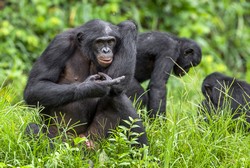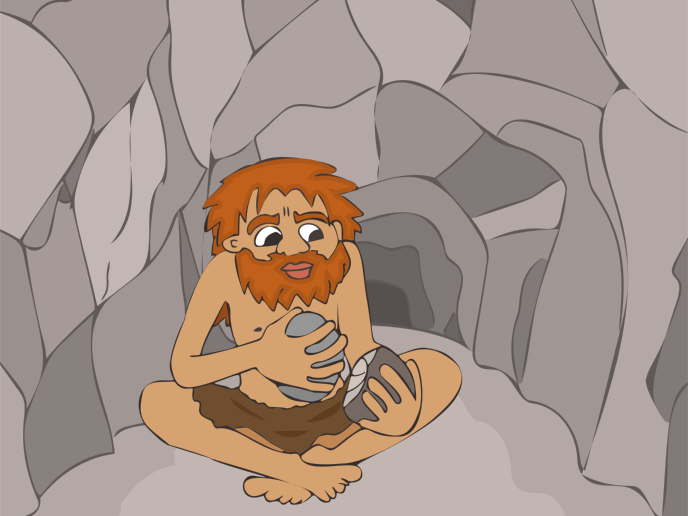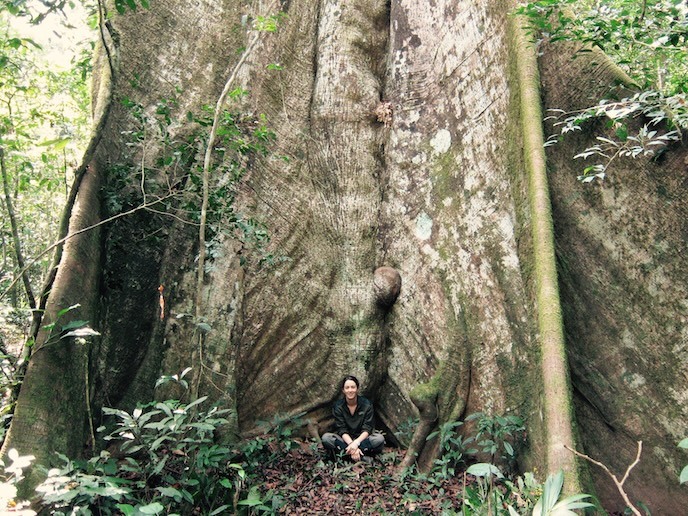Humans beat animals in learning through gesture
From an early age, animals and humans learn by imitating their parents and others around them. Aiming to understand the mechanisms behind this phenomenon, the GESTRANSCULT (The origins of gestural imitation: Insights from evolution, development and cultural transmission) project investigated gestural imitation from evolutionary, developmental and cultural perspectives. For the first of the project’s three main objectives, the team studied the evolution of gestural imitation in bonobos to see if they can imitate gestural actions. Through scientific experiments, it looked at the copying abilities of this great ape species in Africa and compared it to human children. The team found that while children readily imitated gestural actions, bonobos did not, providing key insights as to why human culture can spread and evolve rapidly. The second project objective focused on studying the development of gestural imitation in young children. Experiments conducted on 4-6 year olds showed that children were more likely to imitate actions that were considered socially conventional, communicative or instrumental. This and other experiments conducted showed that a multitude of complex factors shape children’s imitation, which varies with age. Lastly, looking at how cultural transmission shapes the structure of gesture, the team conducted a diffusion chain experiment to examine whether language-like structure emerges within a gestural system. In a video experiment that required copying certain gestures, the team was able to observe the transmission of behaviour as it passed along a chain. Here, the results revealed that unlike written language, gestural language did not readily acquire systematic structure or become easier to learn. This suggests that transmission of gestural language may require additional support, such as social interaction, so that complex information can be reliably transmitted. While GESTRANSCULT did not find that the gestures evolved into a language-like form, it helped identify key features that must be present for languages to evolve. The results add valuable new insight to our understanding of language and culture.







